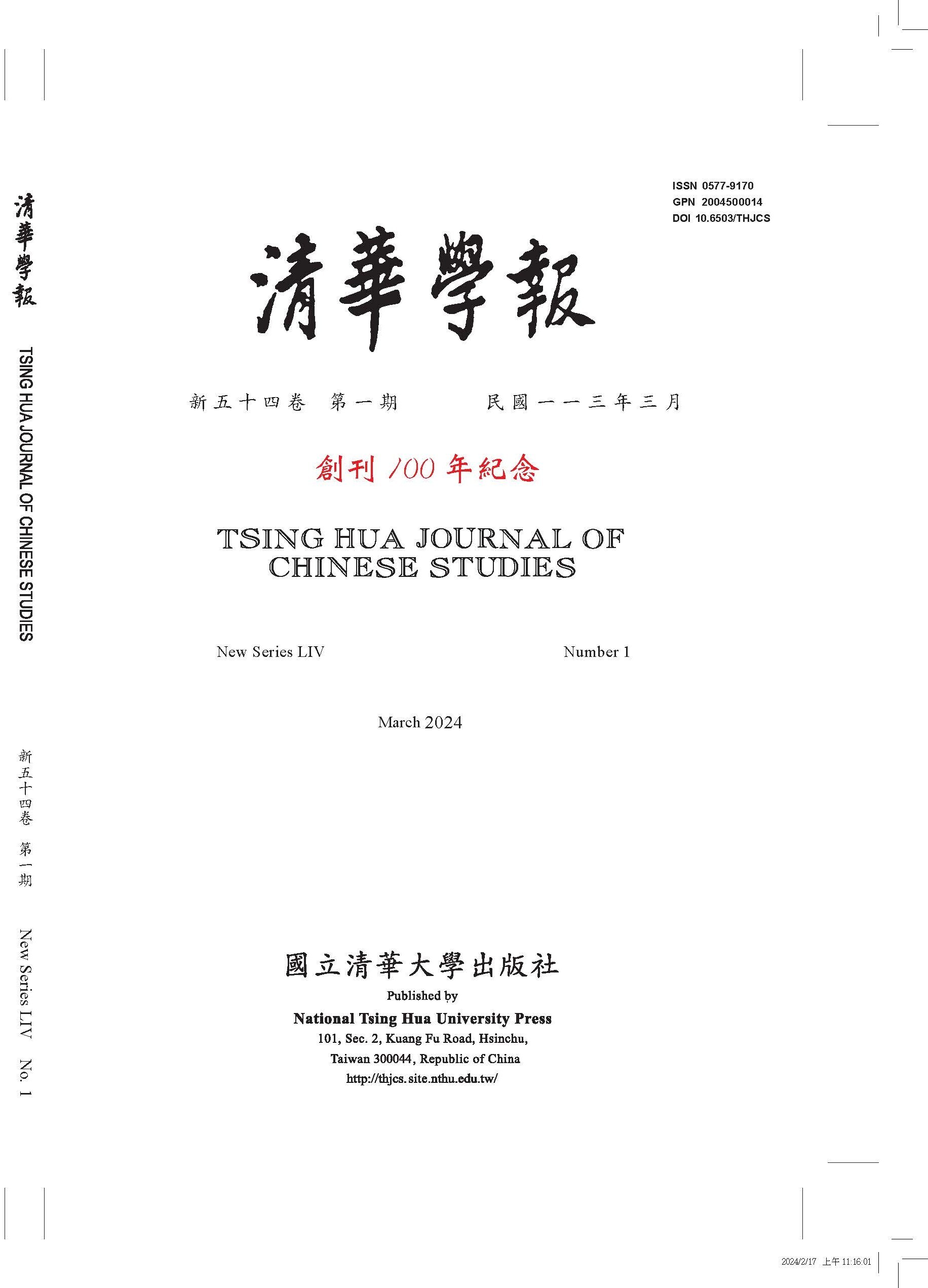Labeling and Argument Doubling in Japanese
Vol. 47 No.2 6/2017
|
Title |
Labeling and Argument Doubling in Japanese |
|
Author |
Saito Mamoru |
|
Genre |
Article |
|
Pages |
383-405 |
|
Download |
|
|
Language |
English |
|
Key words |
argument doubling, free Merge, labeling, the -criterion, focus, set of alternatives |
|
Abstract |
Chomsky’s (2013) labeling algorithm plays a fundamental role in the pursuit of minimalist syntax, restricting the structures that free Merge generates. I suggest that it also explains the effects of the q-criterion to the extent that they are correct. This leads to the conclusion that the q-criterion, as it is currently formulated, should be dispensed with. I first note that the q-criterion and the labeling algorithm overlap in their effects in English. Then, I introduce the labeling mechanism for Japanese that I argued for in Saito (2014). It assumes that the language lacks f-feature agreement altogether and claims that suffixal Case serves to aid labeling. With this background, I discuss examples of argument doubling from Kuroda (1988), where a verb assigns a single q-role to two distinct arguments. I show that these and other similar examples are successful with labeling but violate the q-criterion. Their grammaticality demonstrates then that the q-criterion should be eliminated in favor of labeling. At the end, I examine the conditions on argument doubling and suggest that one of the doubled arguments must be construed as a focus and the other must serve to specify the set of alternatives for the focus in the sense of Rooth (1992). Based on this, I speculate that though the q-criterion is untenable, Full Interpretation requires that each constituent play a unique role in the semantics. |

